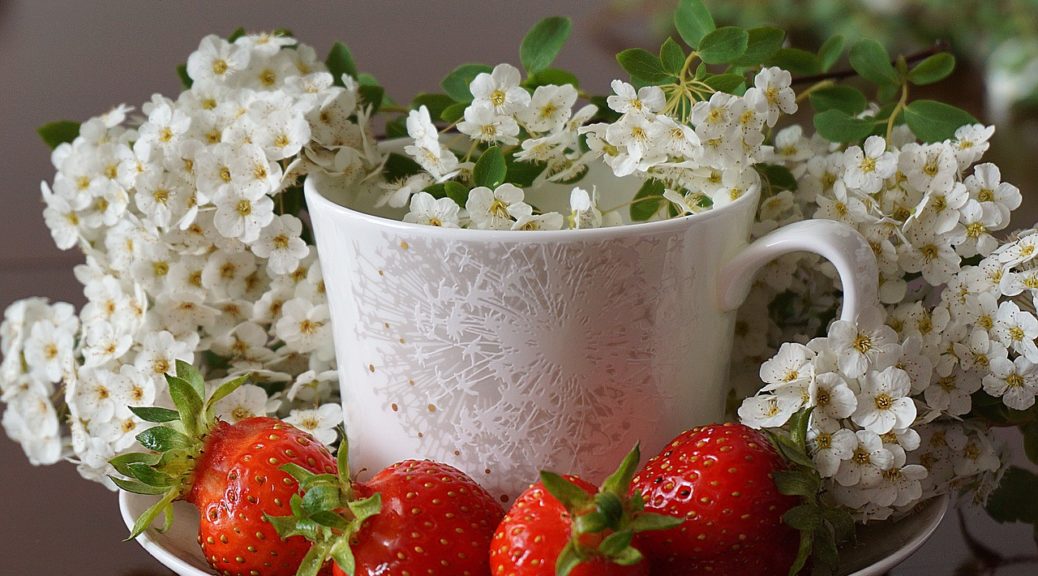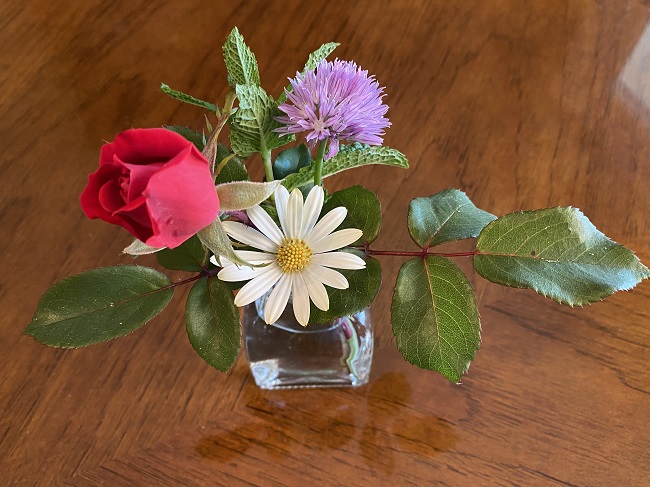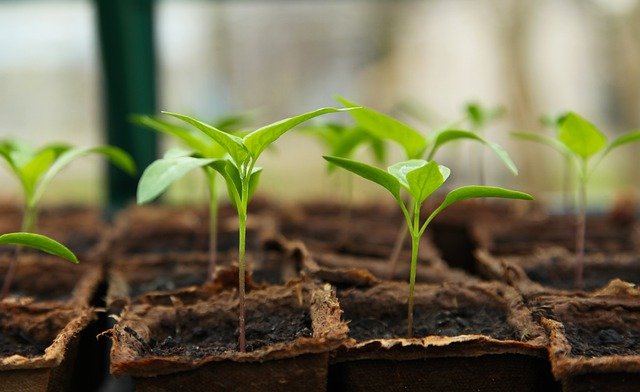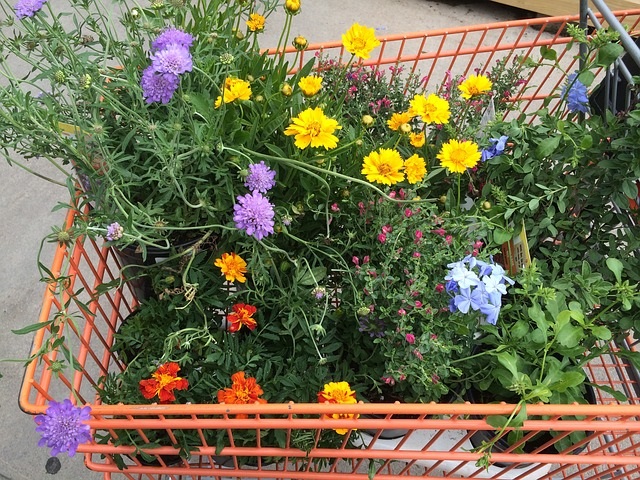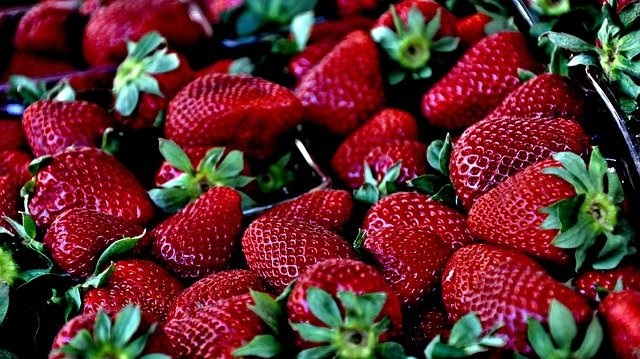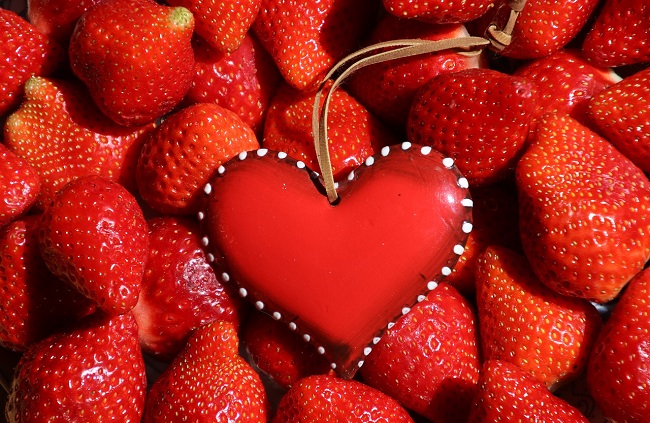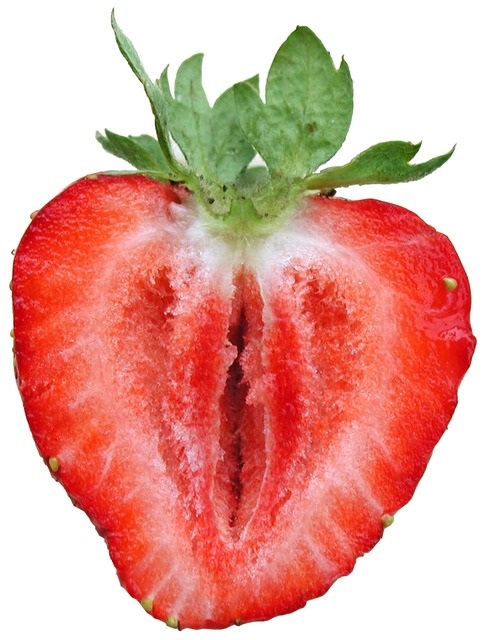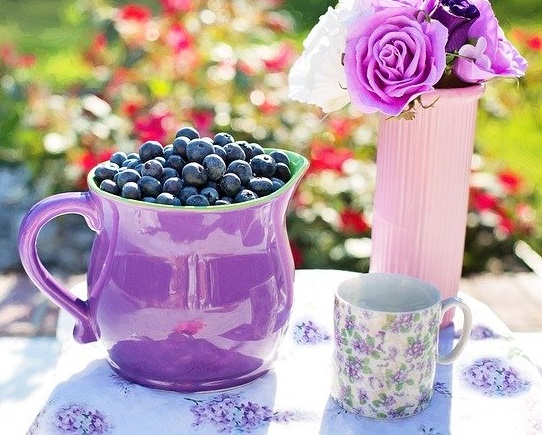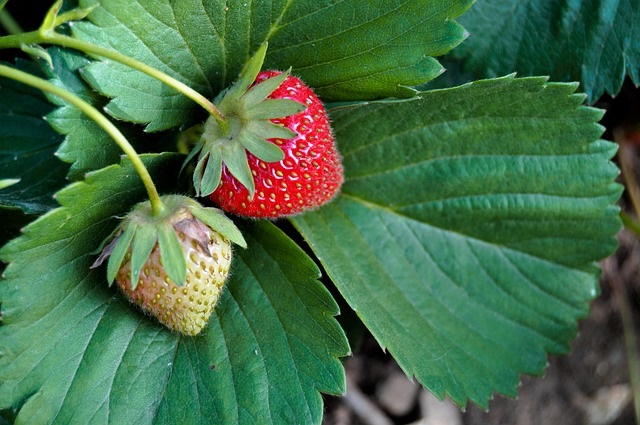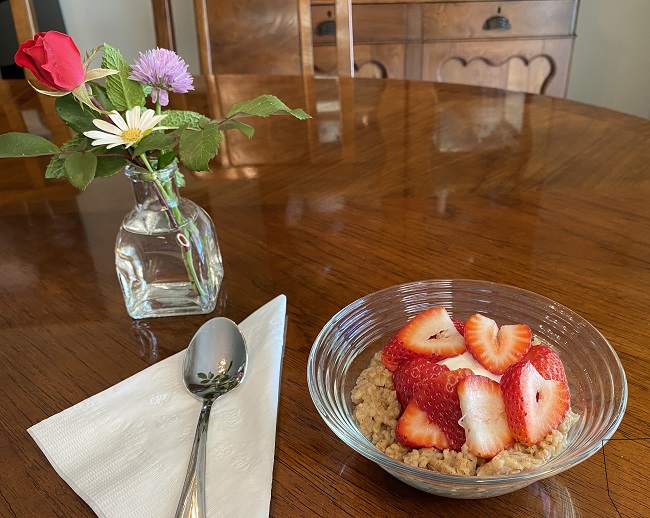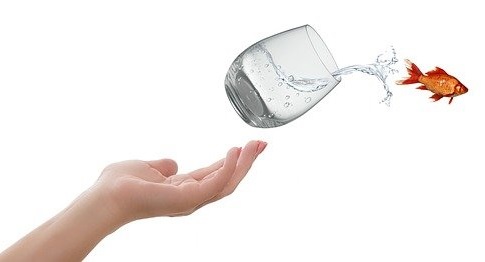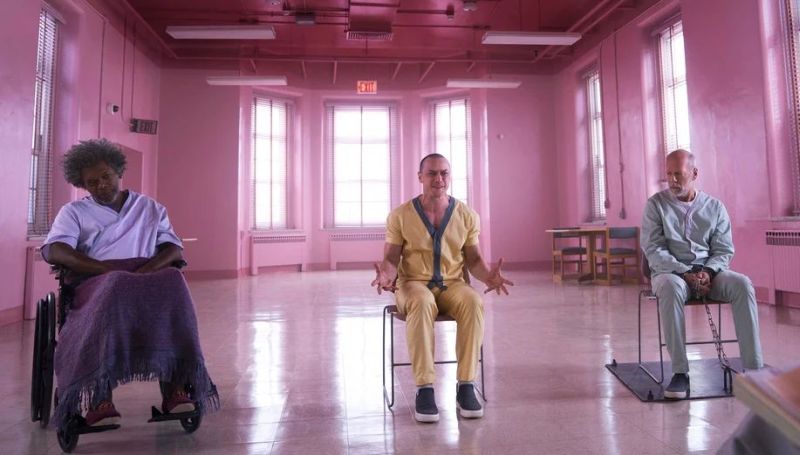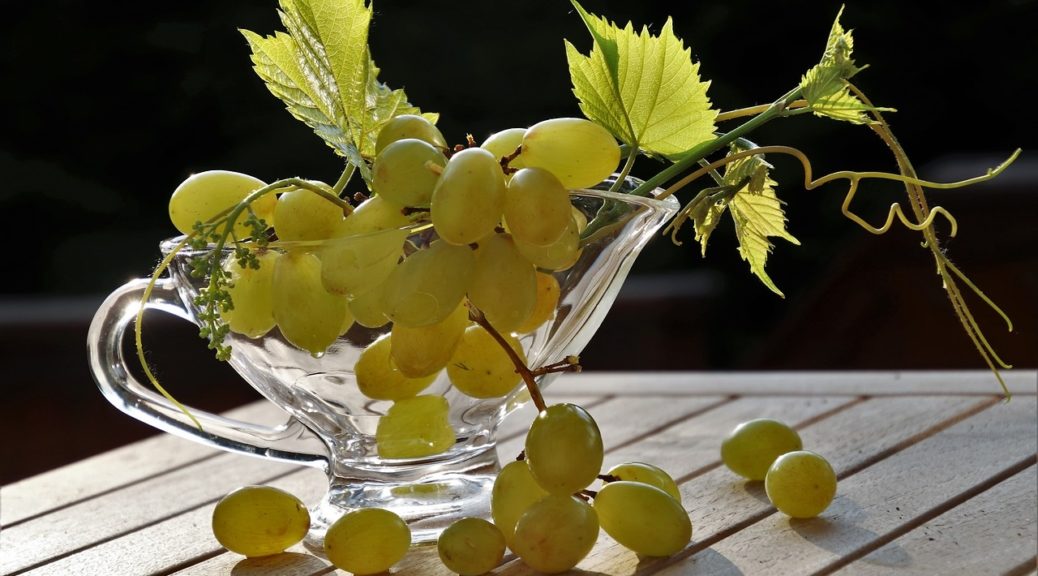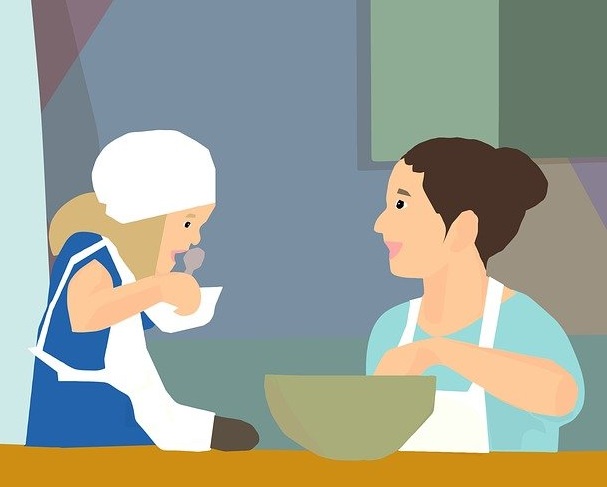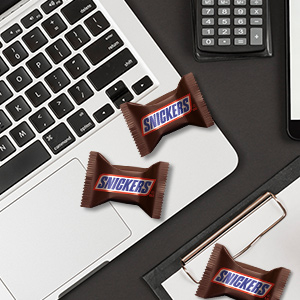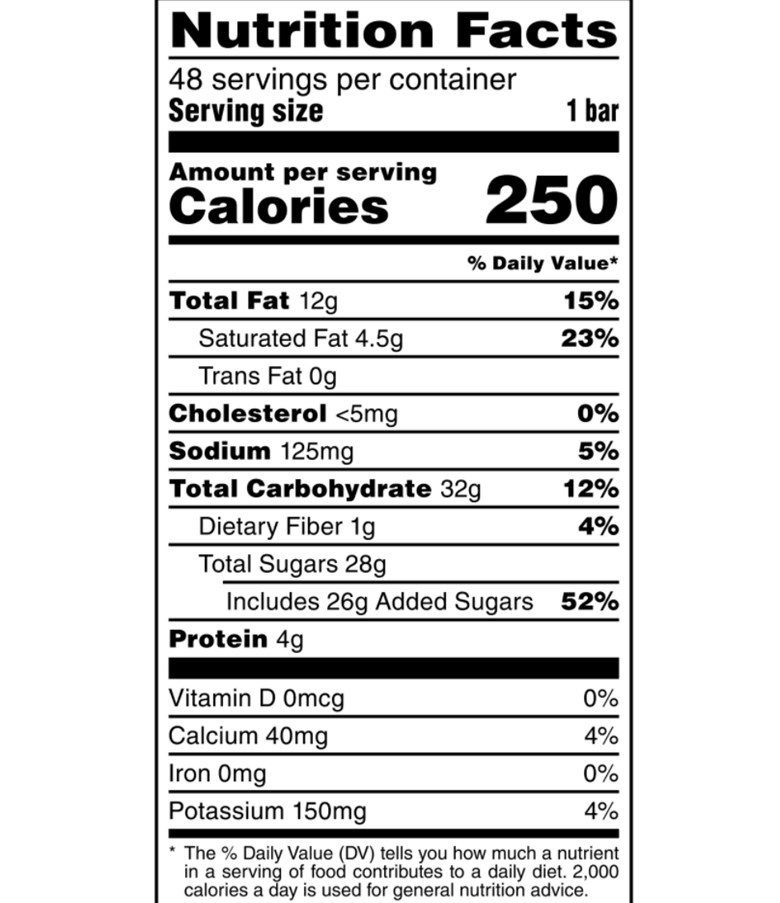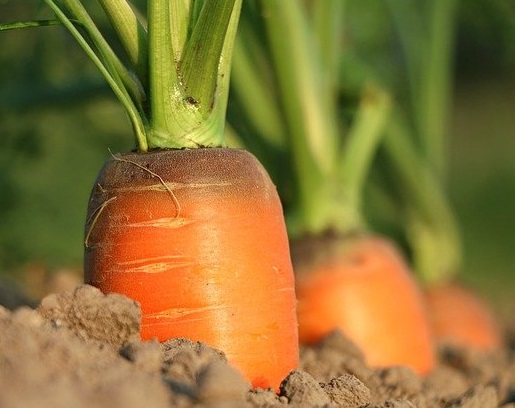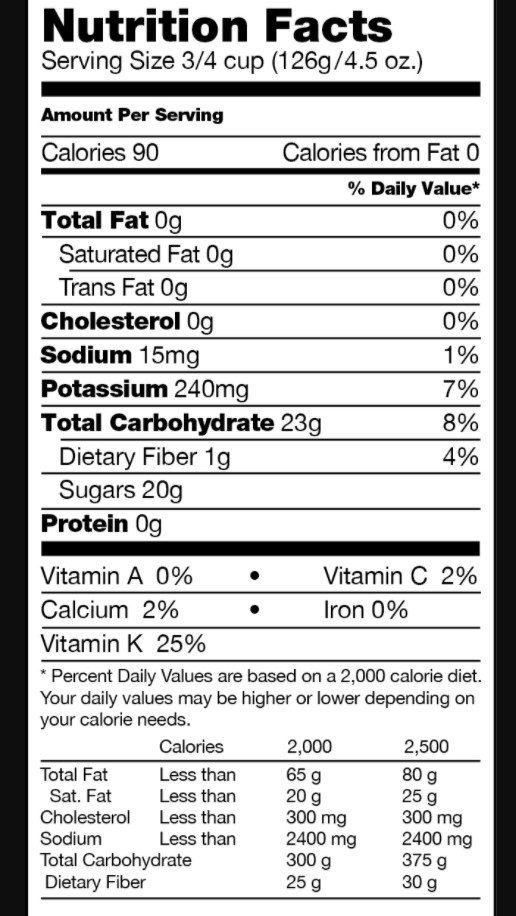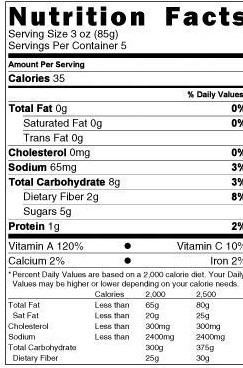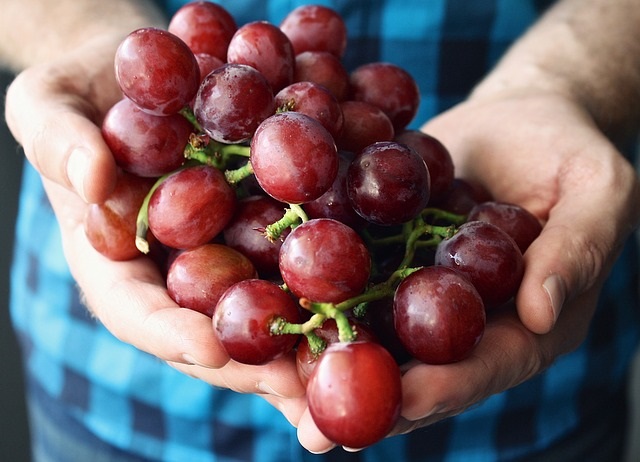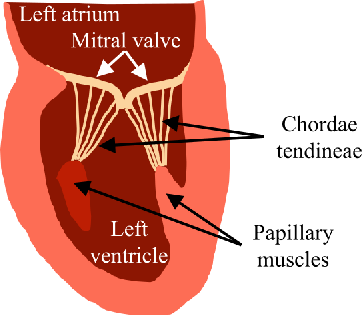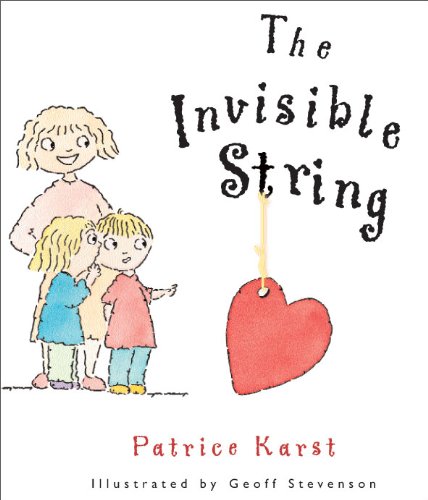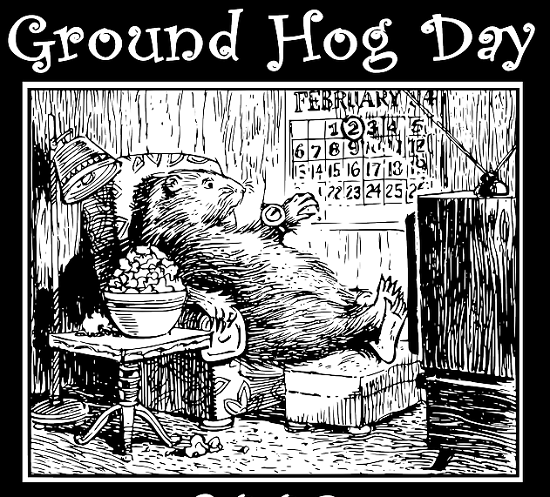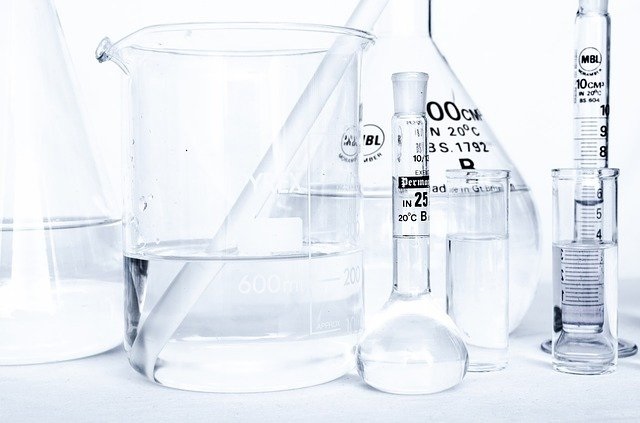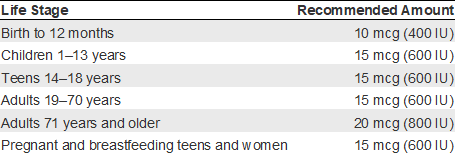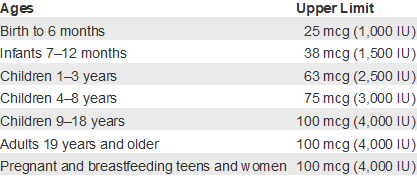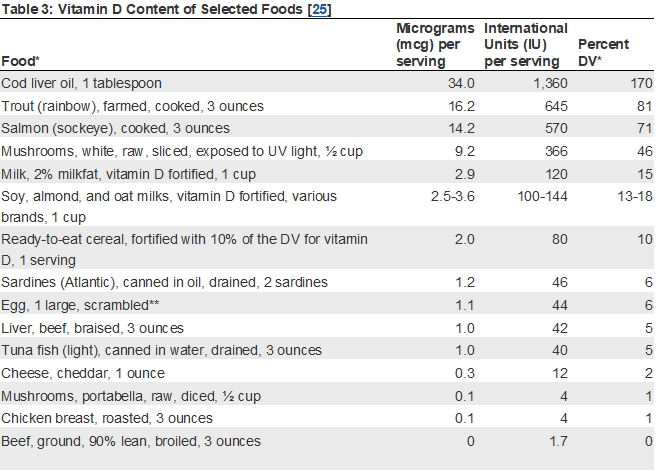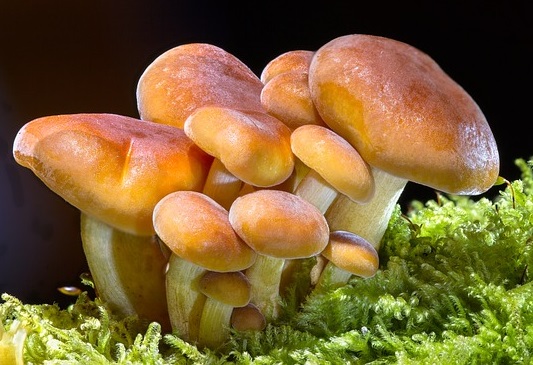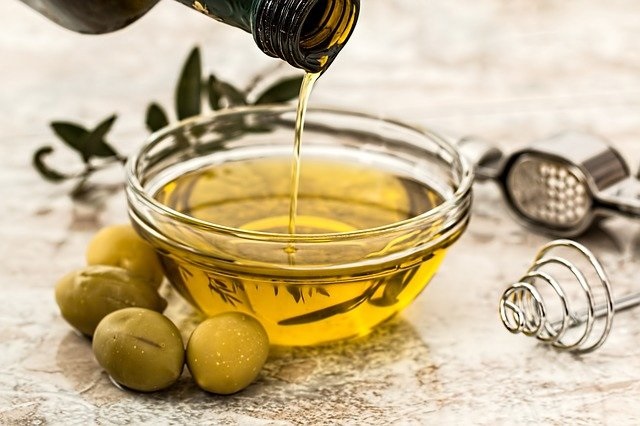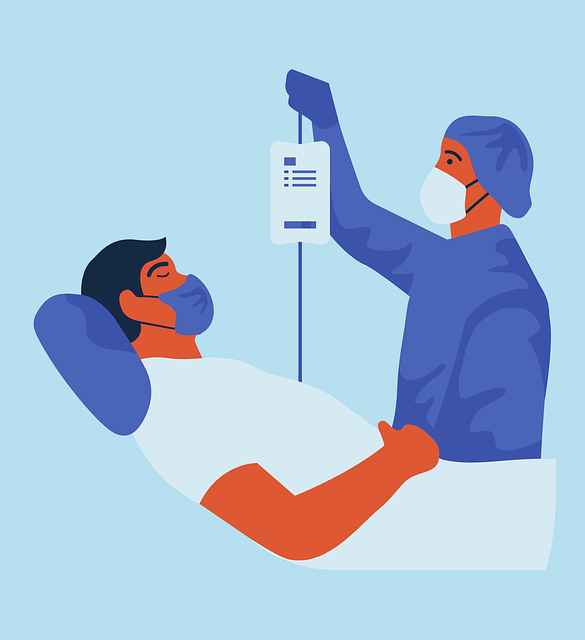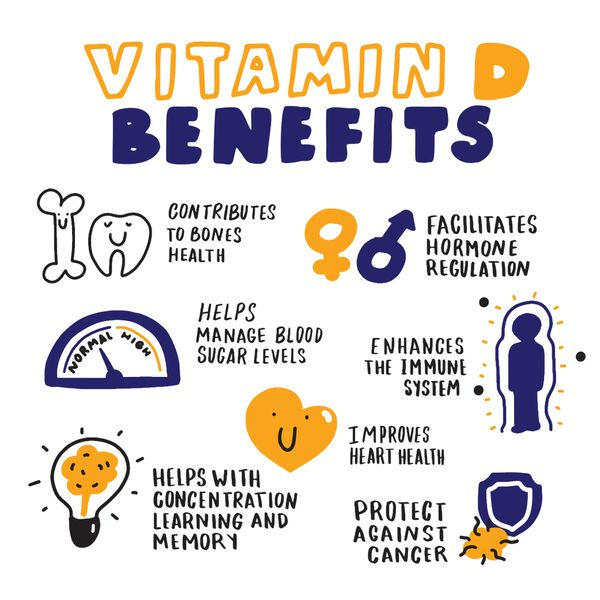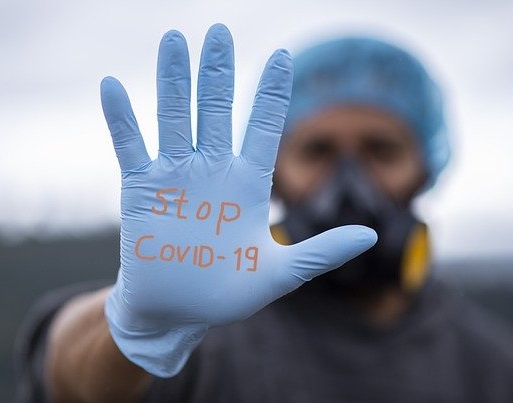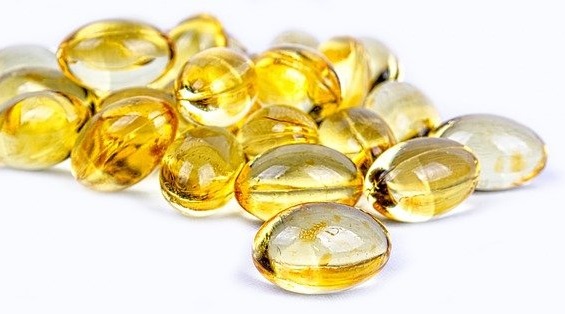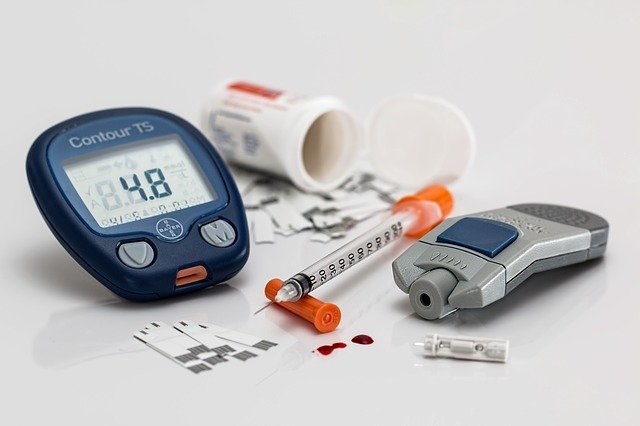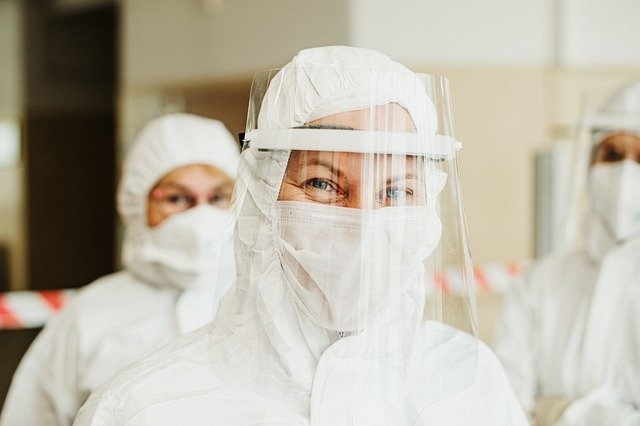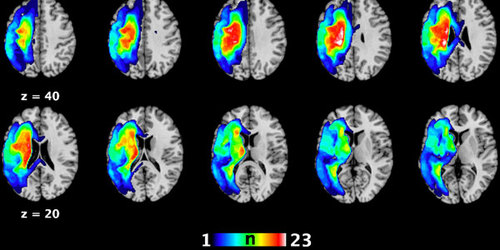I am bringing rose buds, African daisies, and chive flowers into the house, just to bring that spring vibe indoors.
My Aussi and Kiwi readers, I know, are now nestling into the fall season of harvest: but spring has sprung in the Northern Hemisphere! We are just now setting out new plants in anticipation of colorful blossoms and produce to come.
Ah, the faith of a farmer – gardener!
It seems to touch us all. My regular trips to the local garden center are showing every age, socio-economic level, race, and gender walking the isles of seedlings, young blooms, fertilizer, chips, and bags of “dirt” as we all seek the color and promise of outdoor life in the coming months.
No longer are we indulging in out-of-season fruit grown in South and Central America. Our strawberries are coming from the United States and, man, are they sweet!
Our local strawberry fields are ready for customers. My neighbor sent me a picture this morning of her cardboard flat filled with ripe strawberries after just a short time of easy picking.
Are visions of strawberry cakes, pies, layered truffles, and jam filling your head?
Not mine.
I’m relishing every bite of fresh berries possible.
Sporting an average of 4 calories each, strawberries are a filling, SWEET, food and are satisfying and good for the body. Woohoo!
A quick check on their nutritional benefits HERE will remind you why strawberries are so beneficial. To summarize:
- Strawberries are 91% water and just 7% carbohydrates – 26% of the carbohydrate is comprised of fiber, so the net carb content is low.
- The soluble and insoluble fibers found in strawberries help contribute to great gut health by feeding the good bacteria found there.
- The high fiber of strawberries contributes to their low Glycemic Index which helps prevent blood sugar and insulin spikes.
- Strawberries are a good source of Vitamin C, manganese, folate, and potassium, as well as several other vitamins and a host of antioxidants that decrease inflammation and oxidative stress.
Why add empty, white flour carbohydrates, cholesterol-raising saturated fat, and even more carbohydrates in sugar to something that screams PERFECTION and HEALTH?
- Looking for hors d’oeuvre? People will rush to get a fresh strawberry.
- Want to ramp up your oatmeal in the morning or as an evening snack? Add a dollop of non-fat Greek yogurt and several sliced strawberries. Simply divine!
- Looking for an awesome snack? Several fresh strawberries will rock your world, without rocking the calories or the blood sugar.
There are some folks who are allergic to strawberries, especially young children and people with sensitivities to birch pollen or apples, who may have symptoms after consuming strawberries.
Until the blueberries are available sometime in late May or June, fresh strawberries will be gracing my breakfast, snack, salad, and dessert plates for a while.
How about you? Are you going to choose strawberries in the raw without the detractors of flour, sugar, and fat?
Our editor, Sheree, advises to pick only the fully ripe strawberries because they will not ripen after picking – they only age out.
If you liked this post, please click on the share button to spread the word. If you are not a subscriber to foodtalk4you, please click the subscribe button so you won’t miss the next post – we promise not to share or sell your email address and we will not bother you with endless sales pitches.
In health-
Deidre
Now, craving anything special yet?

